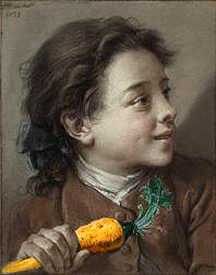1.06.2009
When a sound can replace an image, cut the image or neutralize it. The ear goes more toward the within, the eye toward the outer.
-Robert Bresson, Notes on Sound
In the past years of teaching video, I haven't paid enough attention to sound- and if Bresson is to be believed, that's a big mistake. As I teach my video class this year concurrently with IB Film, I'm dotting my t's and crossing my i's about covering all our cinematic bases. Luckily for me, there are a ton of good resources to be found on Filmsound.org. I thought I'd share them with you.
What is the purpose of sound effects: (1) simulating reality, (2) creating illusion, (3) setting a mood.
Edited excerpts from Kerner, Marvin M: The Art of the Sound Effects Editor (1989), p 11- 15
Foley artists create sounds for films using source material that you might not expect. There are some fun examples listed on this page in which foley artists share their secrets.
Here's an activity which could form the basis of a foley lesson:
Edited excerpts from Kerner, Marvin M: The Art of the Sound Effects Editor (1989), p 11- 15
Foley artists create sounds for films using source material that you might not expect. There are some fun examples listed on this page in which foley artists share their secrets.
The sound of a dog walking on a hard surface is made with Lee Press-On- Nails glued onto gloves? The size of the dog determines which thickness of nails to use.
Here's an activity which could form the basis of a foley lesson:
Experiment with each of the above items to create different noises. Try creating new sounds by manipulating two or more items in combination or changing the environment you are in. Feel free to cut things apart, glue them together, or do whatever else inspires you.
Here are some foley artists at work on Jurassic Park:
0 Comments:
Subscribe to:
Post Comments (Atom)














